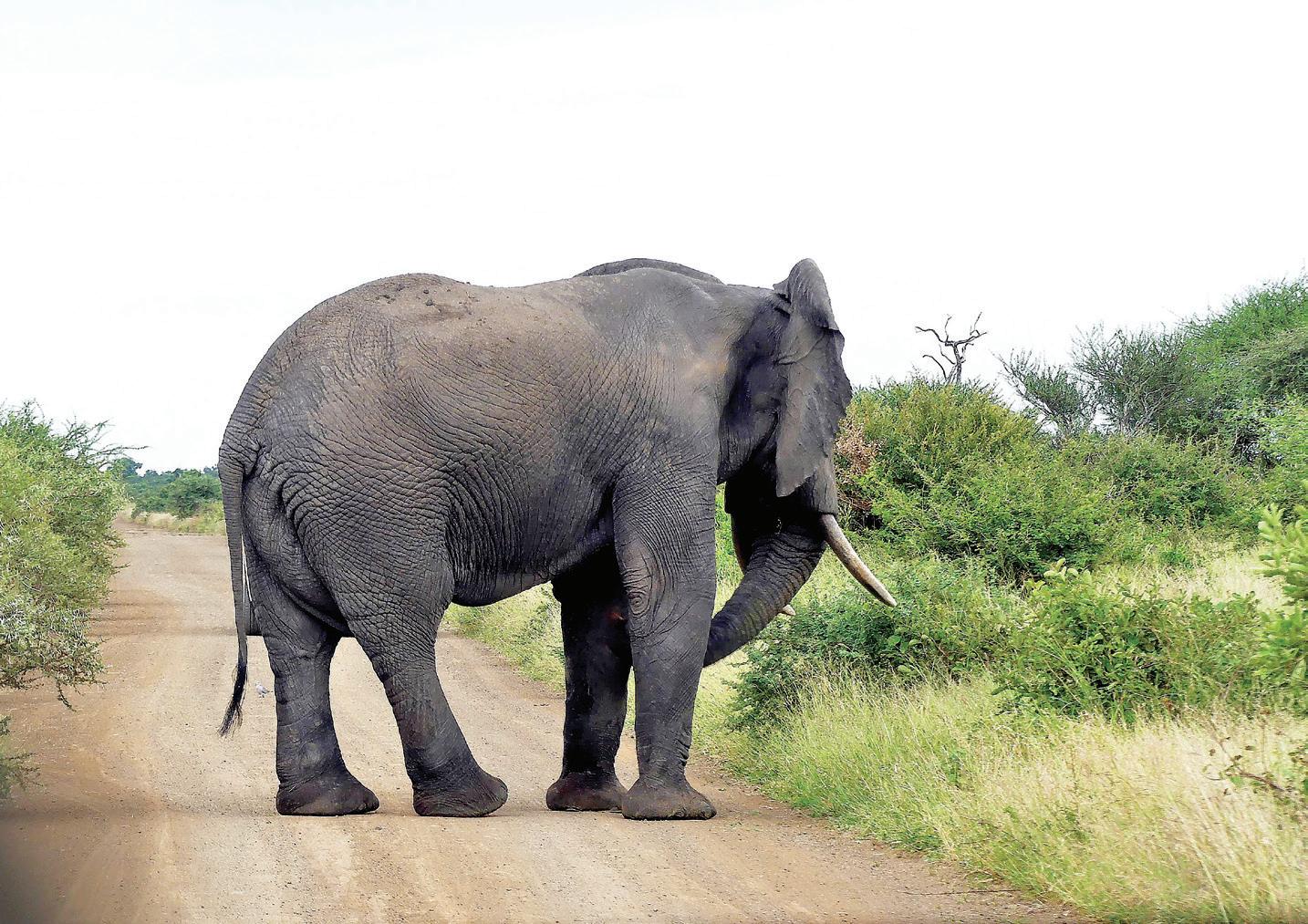
2 minute read
From Georgia birdwatching to African safari
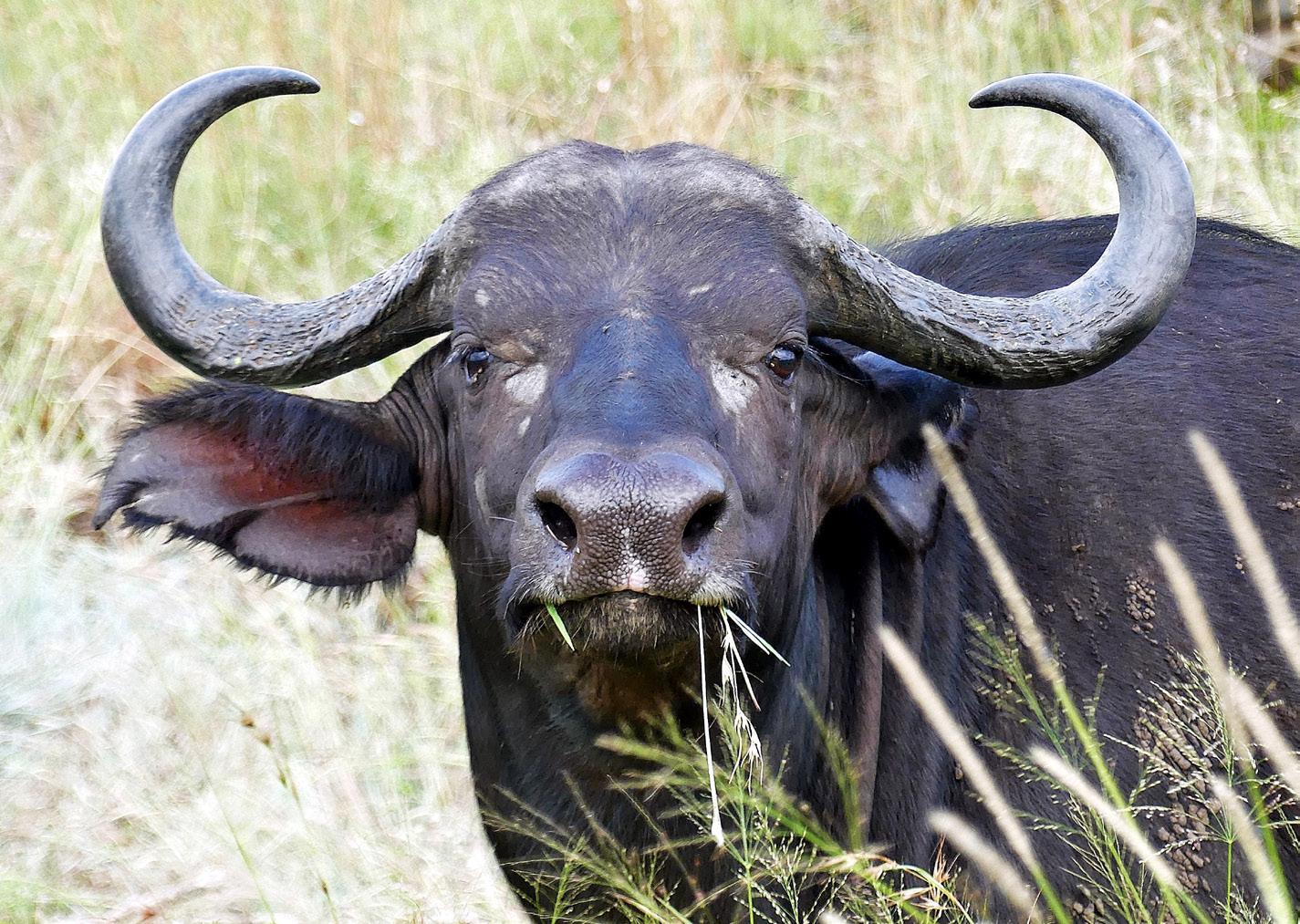
Travels With Charlie
I’ve been a bird and wildlife lover for as long as I can remember.
At age 11, with the money I had saved up, I made what was my first major purchase in life – “The Birds of America” by John James Audubon. I still have it, and occasionally browse through its 435 gorgeous paintings of America’s feathered creatures.
It was in later life, however, that I became a serious bird watcher and wildlife observer. Then, at some point, I evolved to become an all-around nature lover, an unabashed tree hugger, a naturalist. I’ve traveled all over Georgia and the United States and in several other countries to get at least a glimpse – and perhaps photographs – of beautiful birds, wildflowers, butterflies, mushrooms, reptiles, amphibians, and other denizens of the natural world.
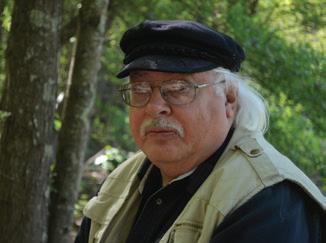
Health experts and researchers now say this kind of enthusiasm for nature is a good investment for anyone wanting to live as long as they can and enjoy life. If true, millions of people stand to benefit: The U.S. Fish and Wildlife Service estimates, for instance, that more than 46 million Americans consider themselves bird watchers. I suspect that a huge portion of them are, like me, also nature lovers in general. In essence, seeing and hearing birds and other wildlife make us happy by reducing stress, calming our minds, and reinvigorating our energy. For instance, a January 2021 news item from the National Audubon Society suggests that listening to birdsong alone “uplifts us largely because it restores our faith in the natural order of the world and in the health of ecosystems.” The article by Julia Zarankin notes that a recent new study by the German Center for Integrative Biodiversity Research linked greater bird diversity to increased life-satisfaction for more than 26,000 people in 26 European countries. “It turns out the people who live near natural areas with a greater diversity of bird species were demonstrably happier. In fact, the study found that seeing 10 percent more bird species generates satisfaction on par with a comparable increase in income,” the article noted.
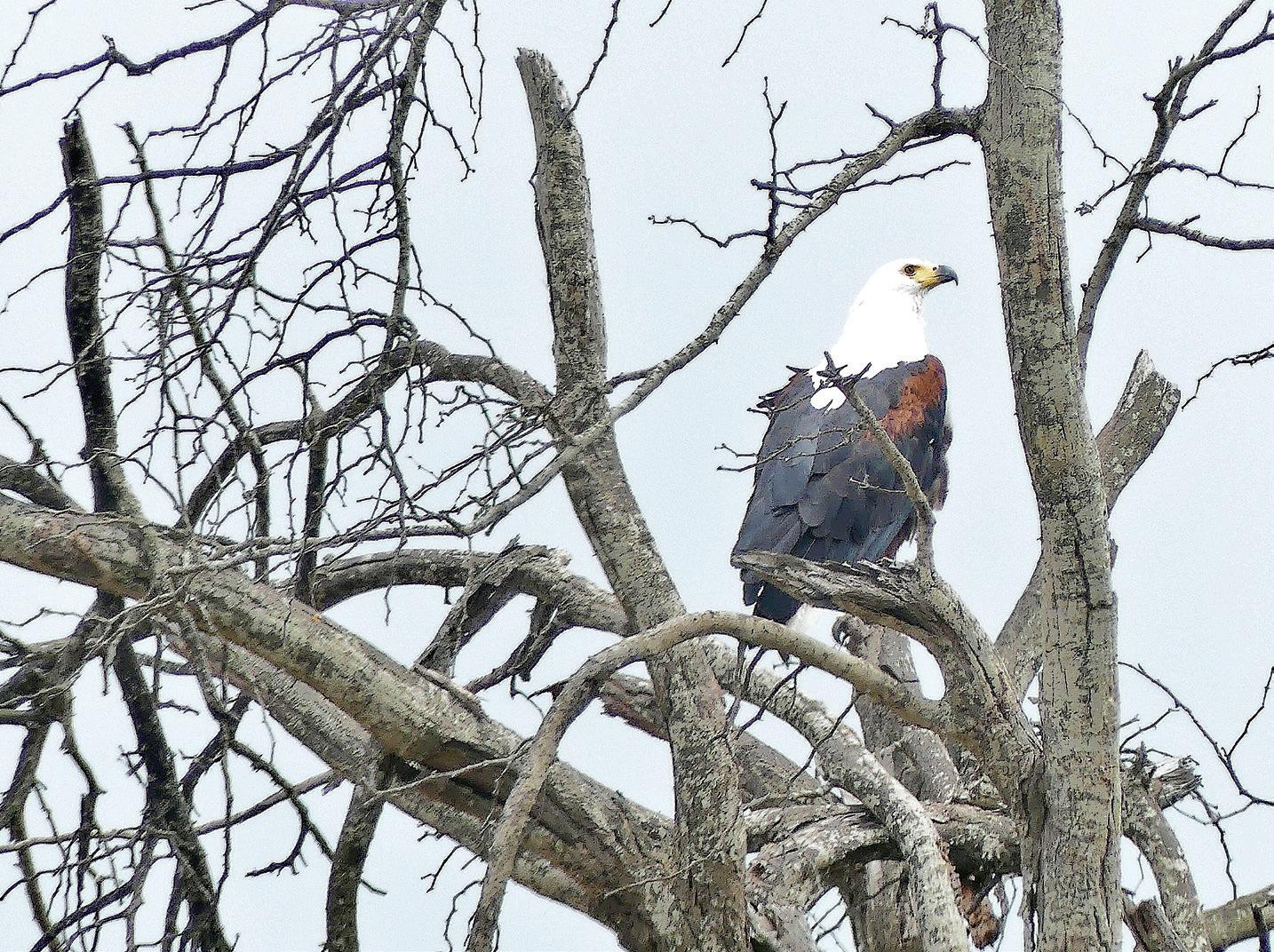
Wildlife watching also can lure one off the beaten path and into exploring new landscapes. Case in point: For seven of us Georgia Audubon members – four of us over age 60 – our great love of birds and other wildlife last month drew us some 8,400 miles from Georgia to South Africa. There, we embarked on a 13-day birdwatching and wildlifeobserving trek around South Africa’s veld. Four of those days were spent in the 7,570-square-mile Kruger National Park, one of the world’s great wildlife preserves where lions, leopards, elephants, giraffes, zebras, warthogs, wildebeest, antelopes, crocodiles and a host of other wild creatures roam free. Kruger also is home to some 500 bird species, many of which are some of the most brilliantly colored creatures in the world. Some of the birds are found nowhere else in the world. For an avid wildlife lover like me, it was a trip of a lifetime.
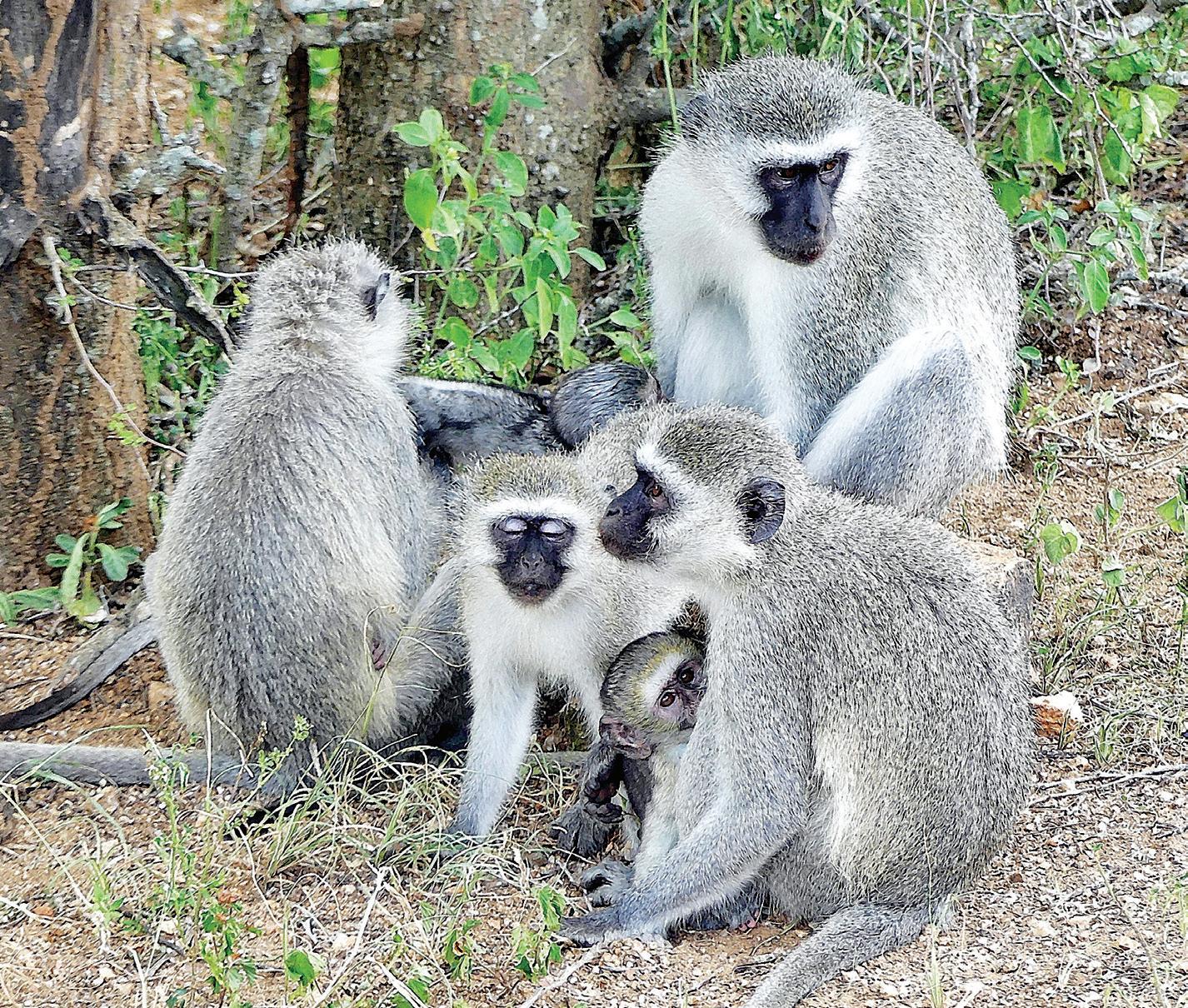
I hope you’ll enjoy some of my photos from that adventure.
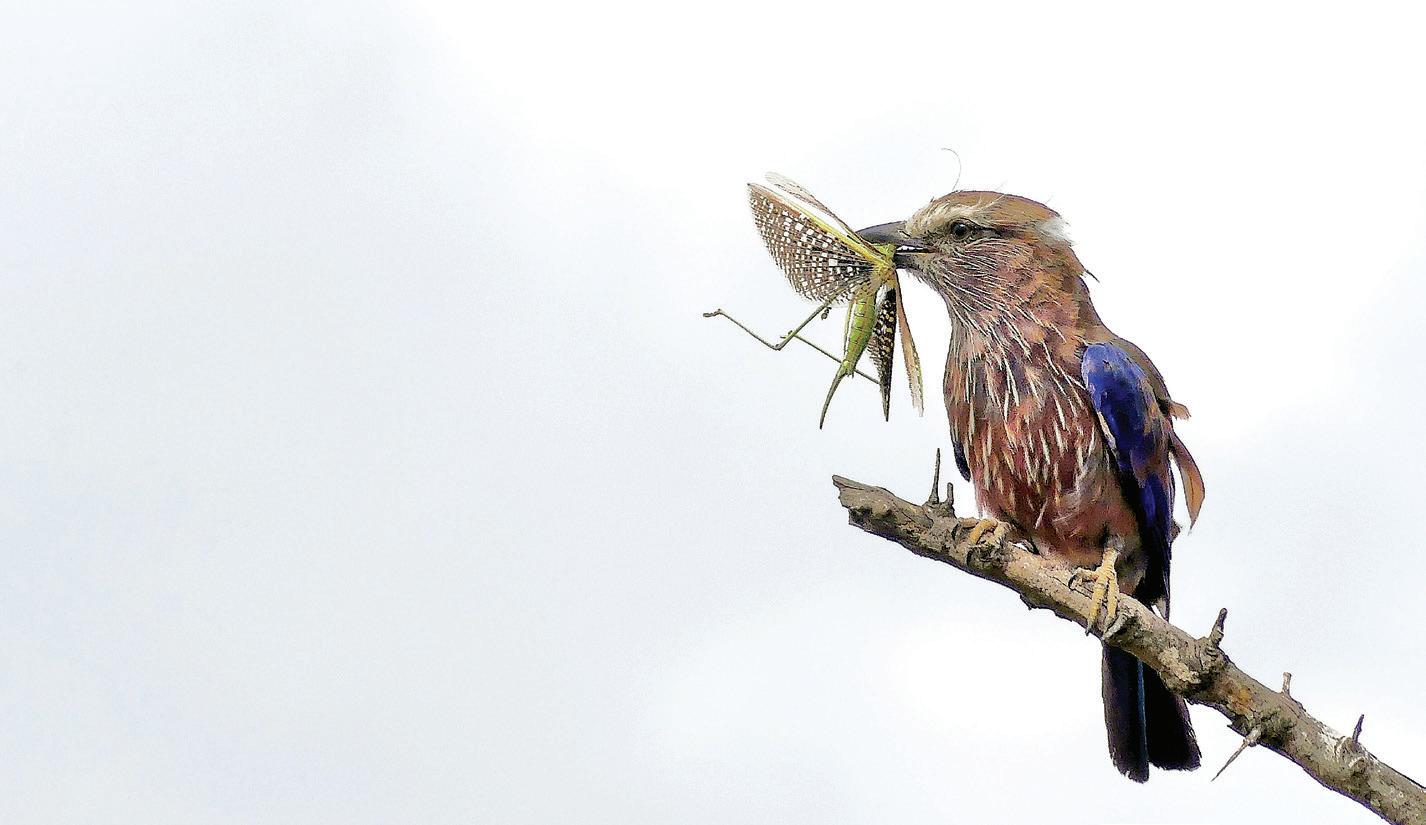
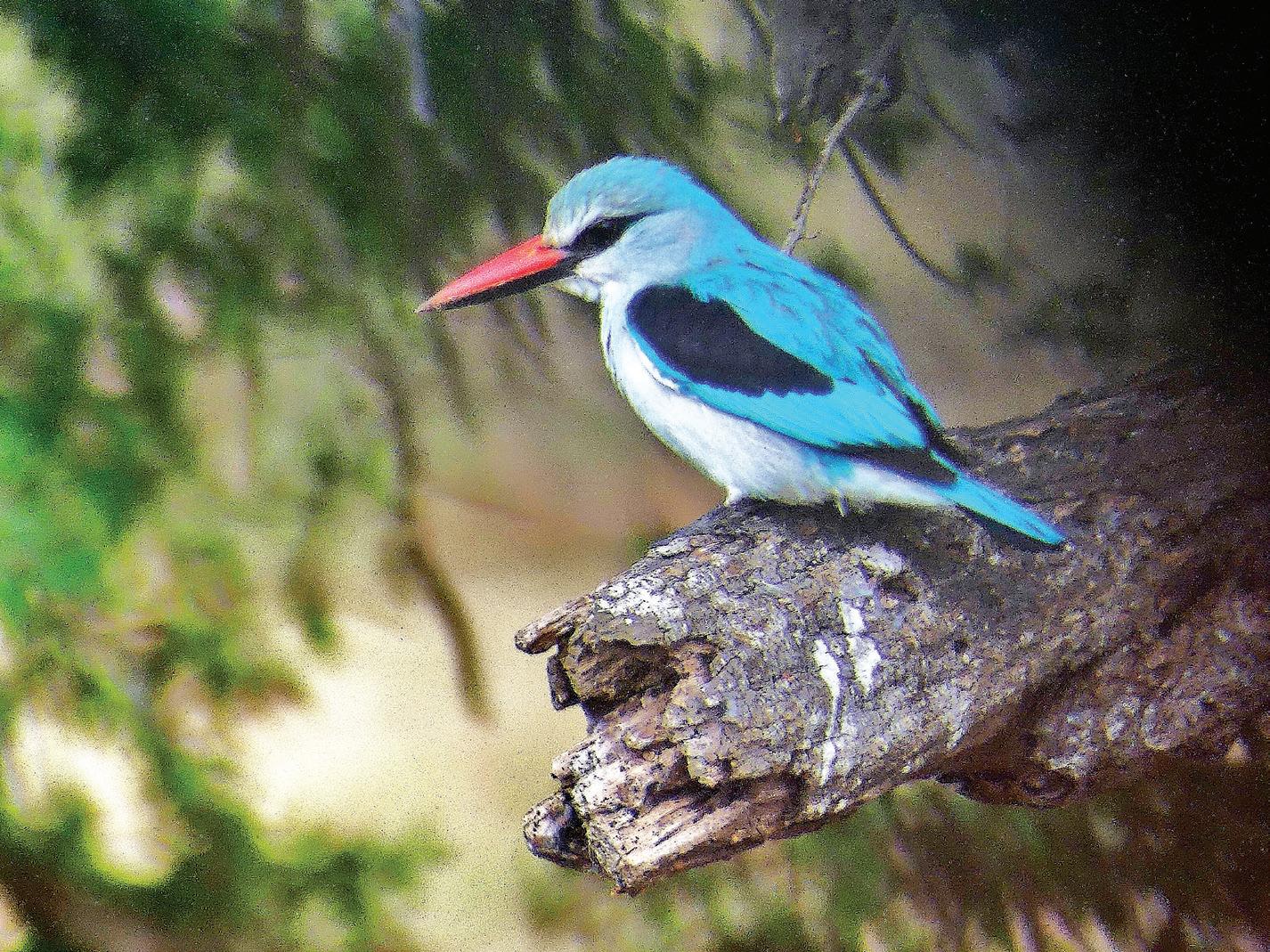
See more of Charlie's photos by scanning this QR code.











